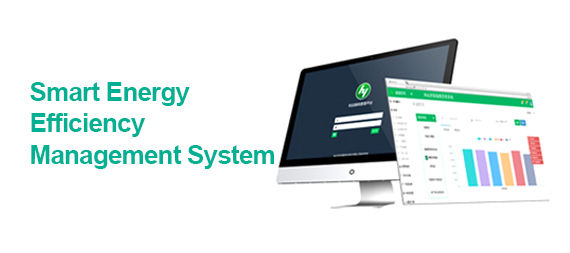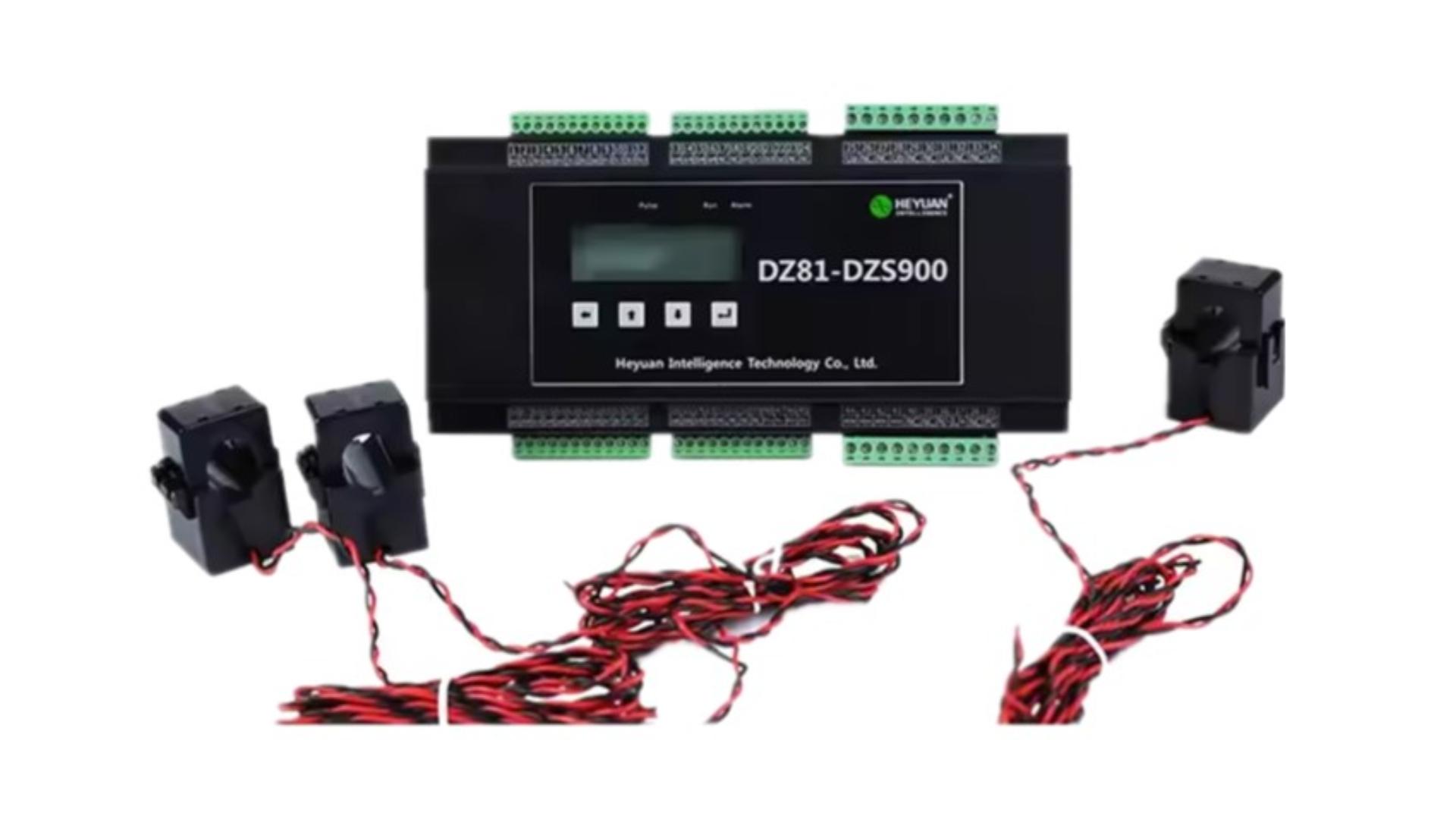
【Symbol】
Eq
【Unit】
kVarh
【Definition】/【Calculation Formula】
Reactive energy is the integral of reactive power over time. The instantaneous reactive power can be expressed as:
Q=UIsinϕ
where U is the voltage, I is the current, and ϕ is the angle between the voltage and current phasors.
【Benefits】/【Hazards】
In the operation of power systems, the grid provides two types of energy: active energy and reactive energy.
Active Energy: Used for unidirectional energy conversion.
Reactive Energy: Refers to the electromagnetic power exchange caused by the phase difference between voltage and current.
Reactive energy causes voltage fluctuations and power losses. Therefore, it is essential to monitor the amount of reactive energy absorbed by power users from the grid or transmitted by the grid. During transmission, reactive energy can reduce the output of generators, the active power transmission capability of transformers and lines, increase transformer and line losses, and lower voltage levels. Additionally, the measurement of reactive energy directly affects billing through the power factor. The process is as follows:
Calculate the monthly average power factor based on active and reactive energy consumption.
Compare the calculated monthly average power factor with the national standards for different types of users and refer to the national power factor adjustment tariff table.
Reactive power reward or penalty fee = Monthly active power fee × Adjusted parameter. The above calculation of reactive power fees can be completed entirely by computer. It is clear that if reactive energy consumption is high and exceeds the specified standard, a penalty will be imposed; conversely, if reactive energy consumption is low and below the standard, a reward will be given.
Only by maintaining accurate, reliable, and fair reactive energy measurement and billing can both power suppliers and users better implement reactive power compensation and effectively utilize compensation equipment, thereby creating greater economic benefits for both parties.
Leave a Message
Your email address will not be published.
Posts
Products










